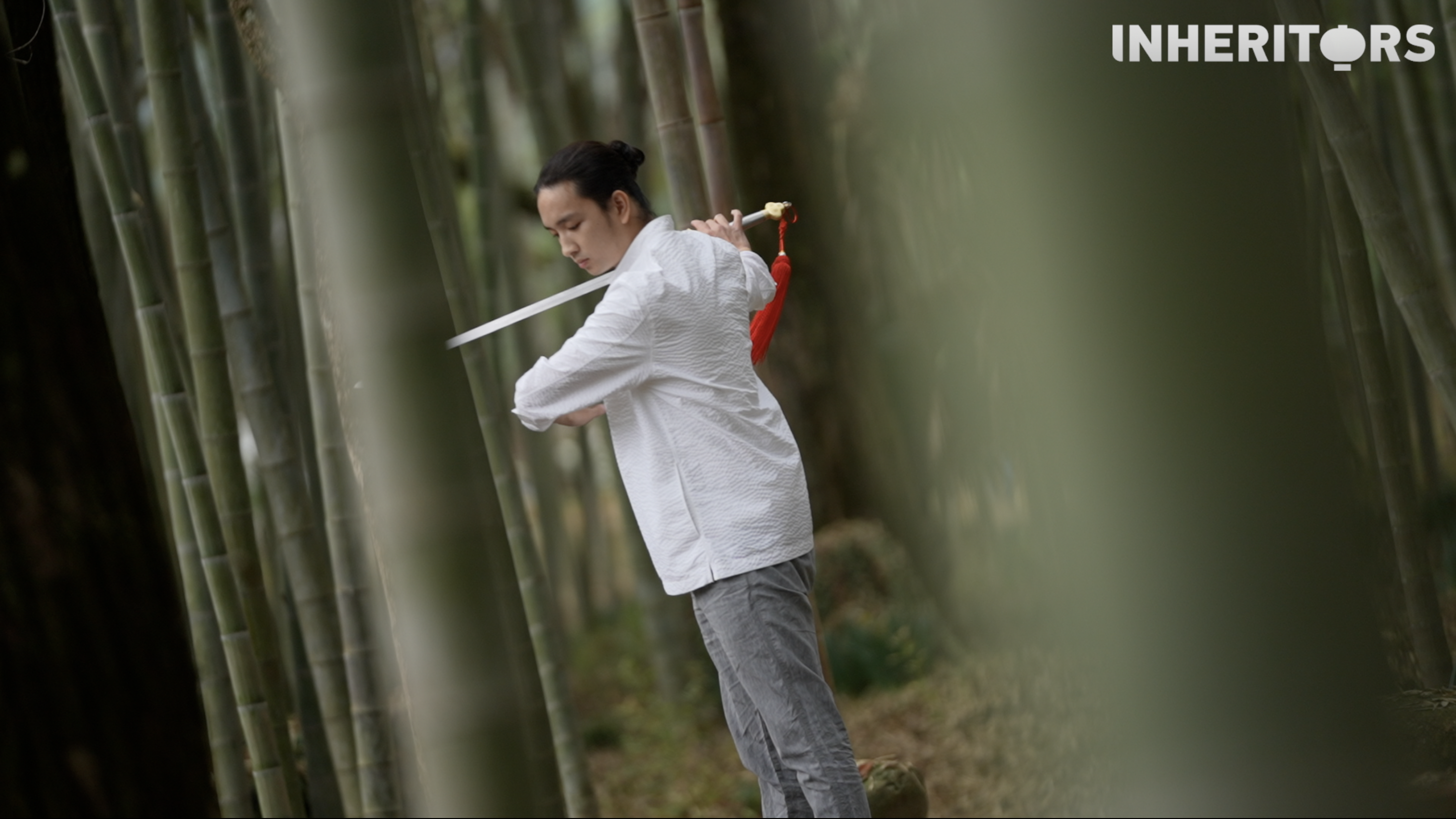
Hu Yang, principal dancer of the China National Opera & Dance Drama Theater, performs a sword dance in Longquan, east China's Zhejiang province in this undated photo. /CGTN
Hu Yang, principal dancer of the China National Opera & Dance Drama Theater, performs a sword dance in Longquan, east China's Zhejiang province in this undated photo. /CGTN
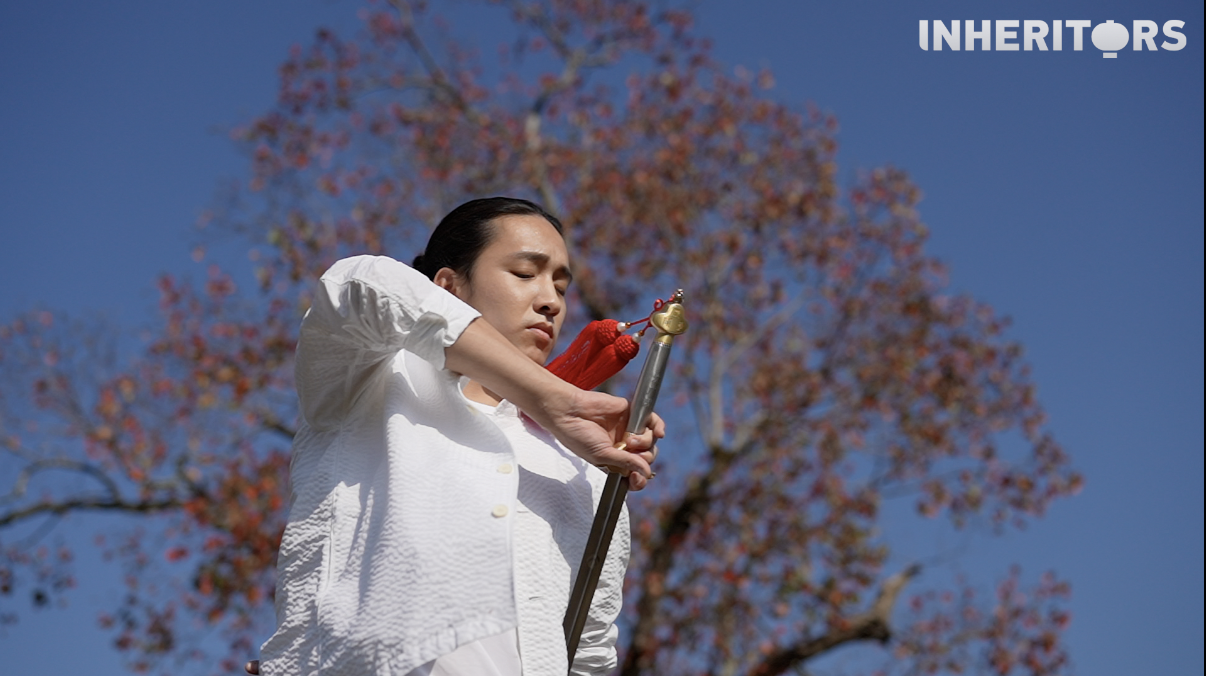
Hu Yang, principal dancer of the China National Opera & Dance Drama Theater, performs a sword dance in Longquan, east China's Zhejiang province in this undated photo. /CGTN
Hu Yang, principal dancer of the China National Opera & Dance Drama Theater, performs a sword dance in Longquan, east China's Zhejiang province in this undated photo. /CGTN
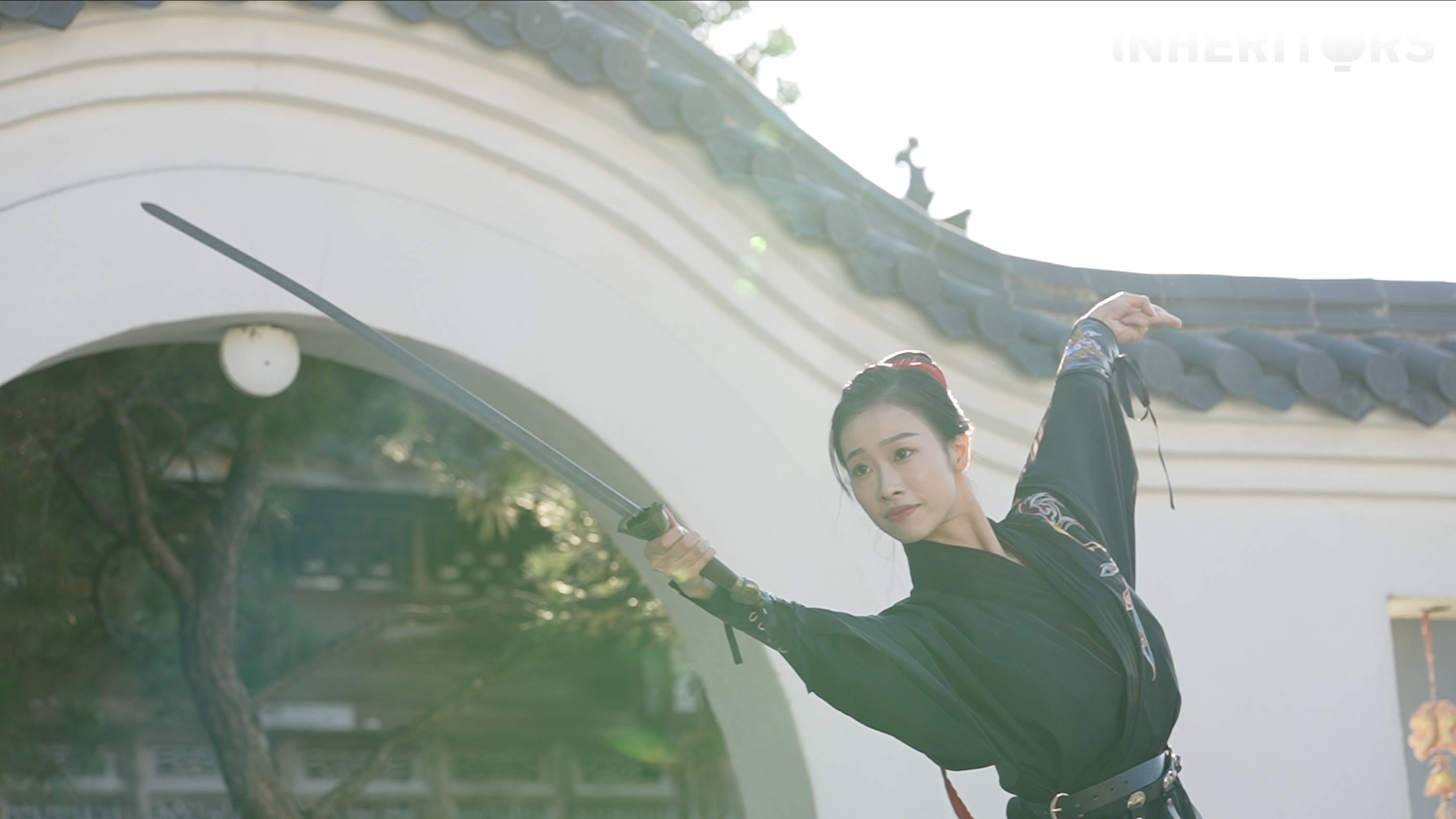
A woman performs a sword dance in Longquan, east China's Zhejiang province in this undated photo. /CGTN
A woman performs a sword dance in Longquan, east China's Zhejiang province in this undated photo. /CGTN
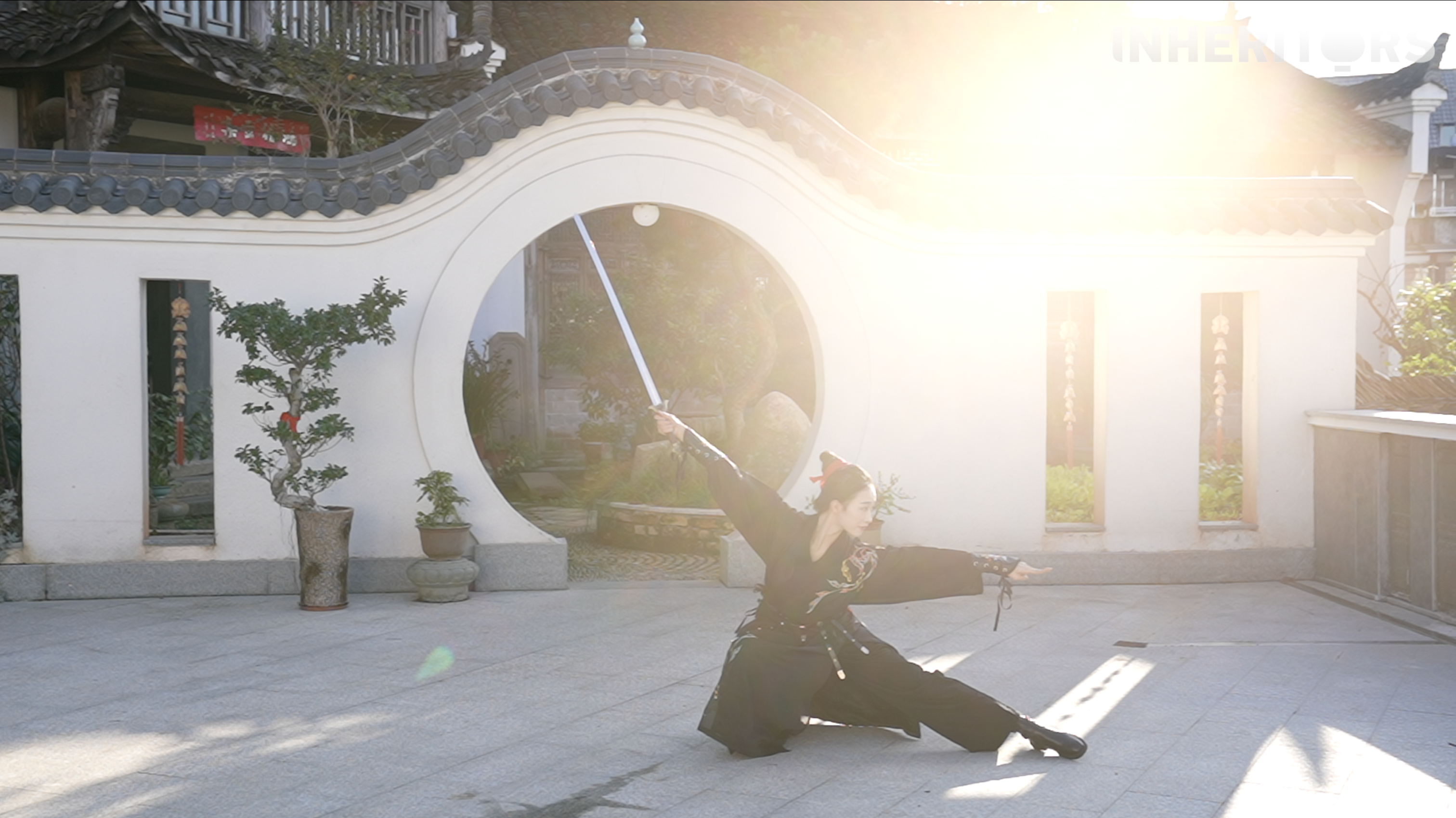
A woman performs a sword dance in Longquan, east China's Zhejiang province in this undated photo. /CGTN
A woman performs a sword dance in Longquan, east China's Zhejiang province in this undated photo. /CGTN
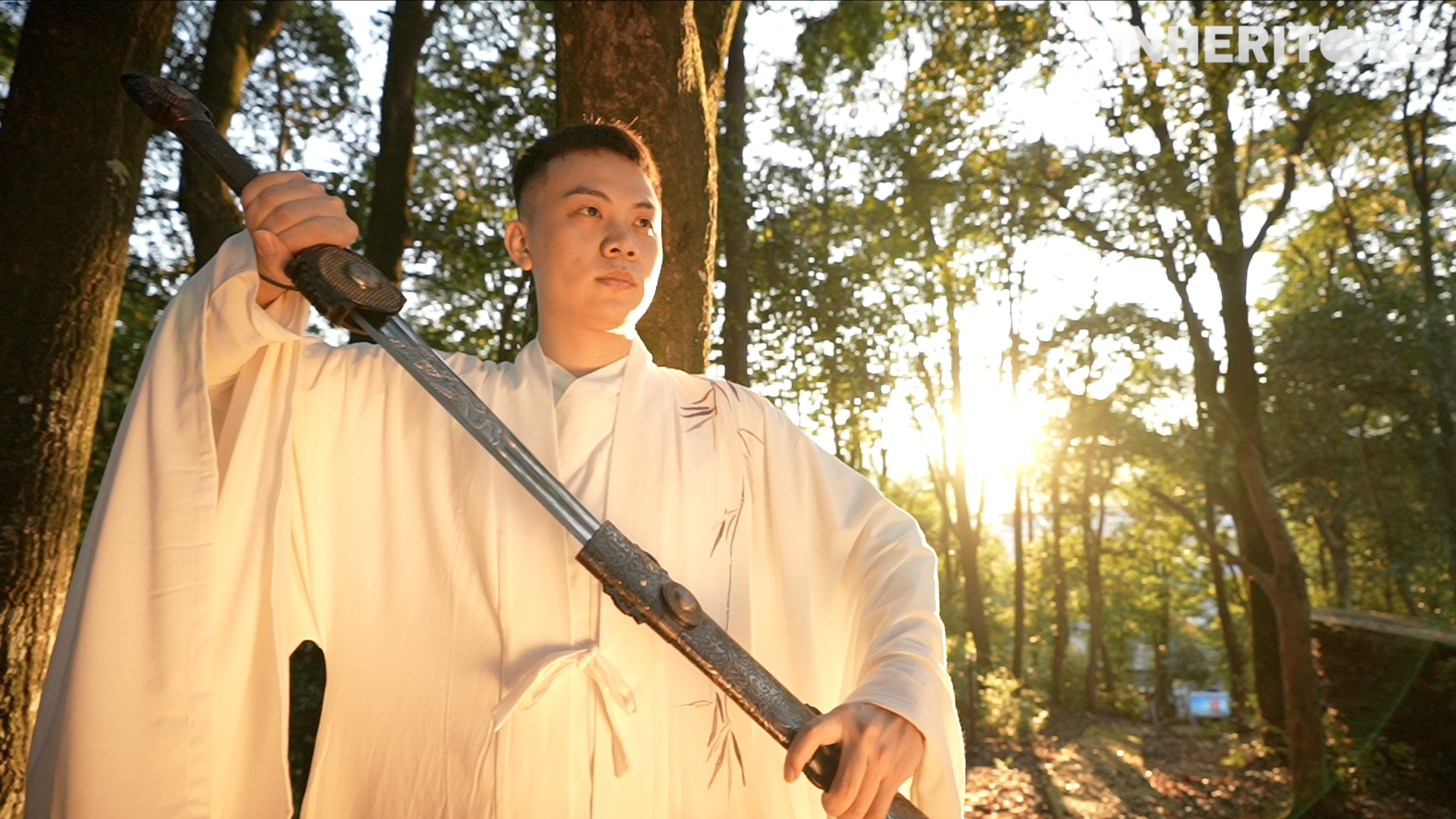
A man performs a sword dance in Longquan, east China's Zhejiang province in this undated photo. /CGTN
A man performs a sword dance in Longquan, east China's Zhejiang province in this undated photo. /CGTN
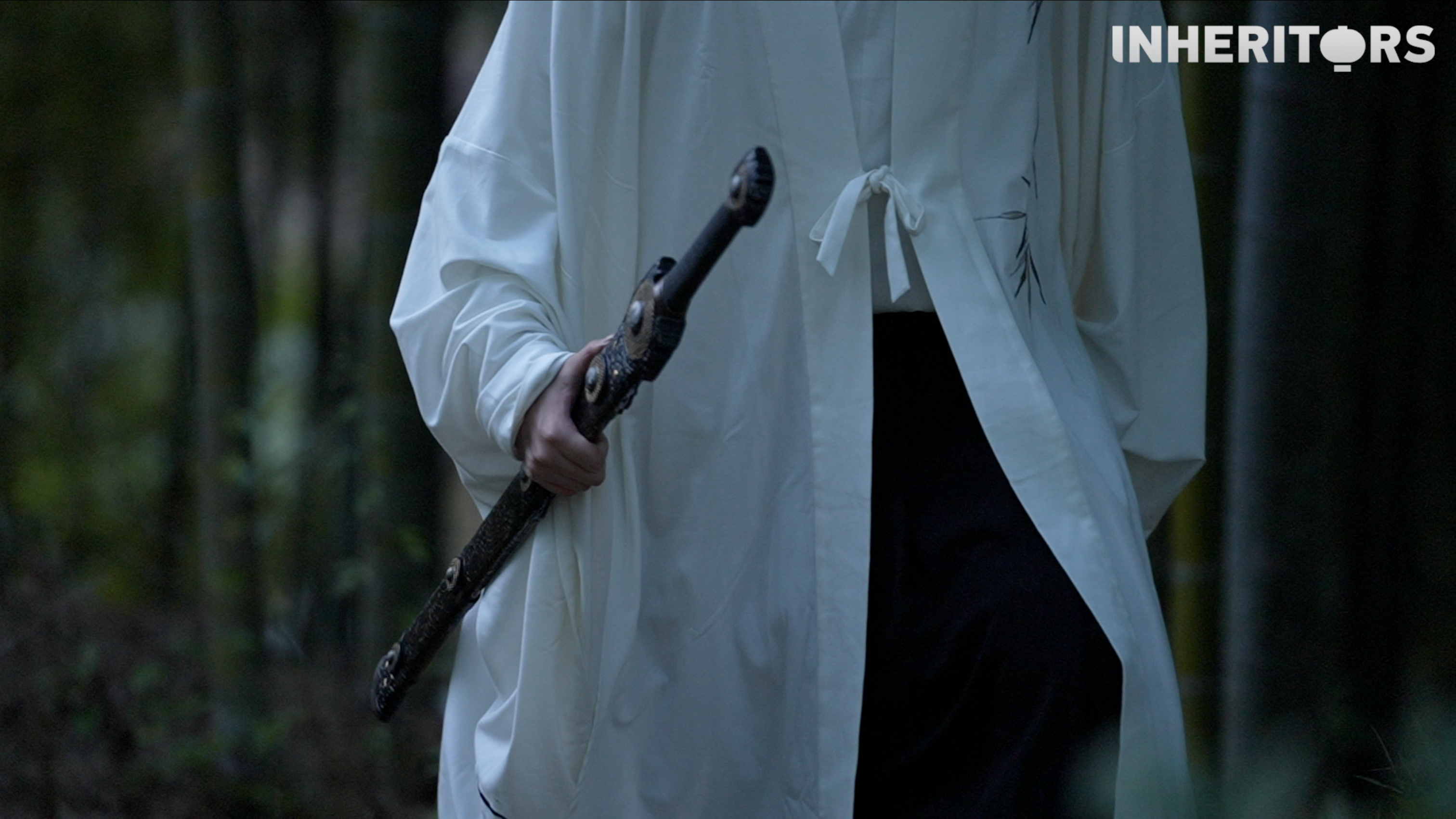
A man performs a sword dance in Longquan, east China's Zhejiang province in this undated photo. /CGTN
A man performs a sword dance in Longquan, east China's Zhejiang province in this undated photo. /CGTN
Longquan swordsmiths have for centuries been striving to imbue their swords with a more powerful sense of tradition. In Chinese martial arts culture, swords are thought to be alive and to have a soul. Like a loyal friend, they protect their master. Therefore, scholars and poets also carried swords – not as weapons, but as companions.